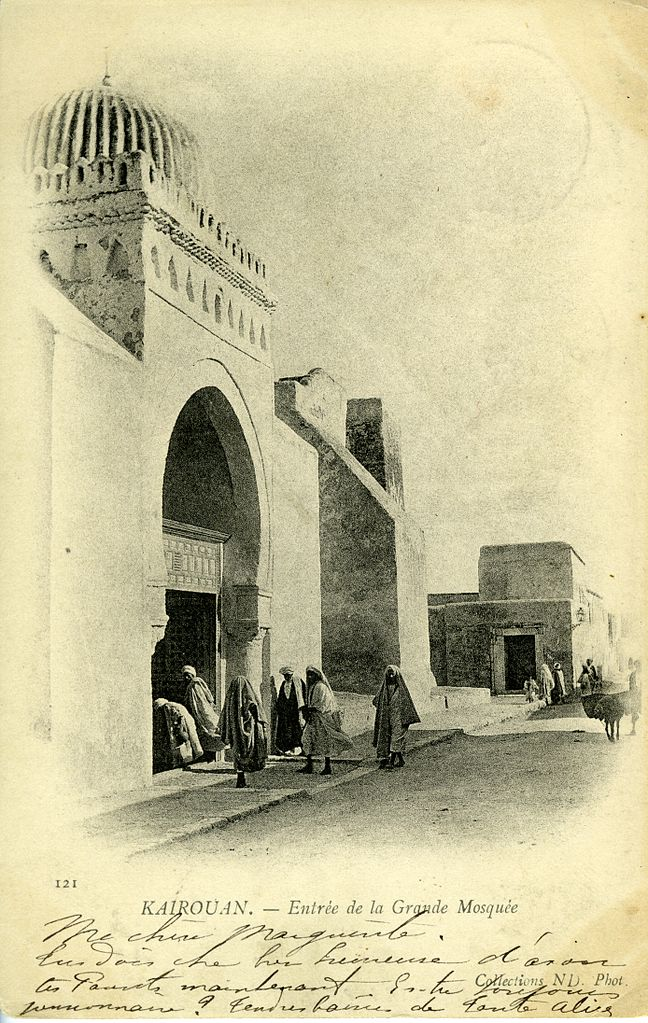I’ve been reading Species of Spaces and Other Pieces a collection of Georges Perec’s writing this week. It’s a perfect holiday book. It’s full of things to read and things to do. It’s a grown-up version of the summer annuals (Whizzer & Chips) I used to read in the car on the way to Pwllheli.
243 Postcards
One piece is called “Two Hundred and Fourty-three Postcards in Real Colour”. Dedicated to Italo Calvino; the title evokes JG Ballard. It is the combined text of 243 holiday postcards. This should be terribly boring, but by some sleight of hand it’s not. Here are the first five as a taster:

- We’re camping near Ajaccio. Lovely weather. We eat well. I’ve got sunburnt. Fondest love.
- We’re at the Hôtel Alcazar. Getting a tan. Really nice! We’ve made loads of friends. Back on the 7th.
- We’re sailing off L’Ile-Rousse. Getting ourselves a tan. Food admirable. I’ve gone and got sunburnt! Love etc.
- We’ve just done Dahomey. Superb nights. Fantastic swimming. Excursions on camel-back. Will be in Paris on the 15th.
- We’ve finally landed in Nice. Lots of lazing about and sleep. Really nice (despite the sunburn). Love.
Postcards are ridden with clichés, but Perec’s holiday-makers know that and circumlocute them, finding syncopated ways to say the same old things. The effect is disruptive and wholly convincing. Darlings, I do it myself.
Postcards are formulaic. Knowing a little of Perec, I suspect we’re looking at an exhaustive catalogue here. 243 = 3 * 3 * 3 * 3 * 3. Perhaps these texts represent 5 decisions, each with 3 choices.
Perhaps not. But the sense that a formula might be at play is irresistible: this feels like a system of co-ordinates. And that suspicion of regularity hyper-sensitises us to variation. Every phrase becomes a hook.
Alone, each message is banal. Gridded together they become terribly poignant: telegraphic!
Collage
Combinatorics crop up again in the essay (of sorts) “Think/Classify”. It’s a collage piece: a handful of elegant paragraphs with little in common. Sure they’re about thinking. But what isn’t?
Collage is a gentle, therapeutic art form. I’ve always been suspicious of it.
Things — any things, even several copies of the same thing — go together. The choice can be arbitrary at least in so far as we’re capable of that. Things agree with one another and contradict one another to the same degree. It seems lazy.
Paul Auster‘s strength, someone wrote is that “he simply rubs stories together like pebbles. They clatter, spark, and echo with a deepening mystery.” That phrase caught my ear. There’s profundity in setting things up together and (thereby) calling attention to the arrangement.
Aphorism
I am suspicious of surrealism. Dali and Magritte are too slick. I prefer the muddy ones: Ernst, Carrington etc.
One of Perec’s fellow OuLiPo-eans, Marcel Benabou invented a “machine” for producing Aphorisms. Like a language it has grammar and vocabulary. Sets of abstract nouns, preferably weighty ones, make up the vocabulary: war/peace, knowledge/science, morality/art etc. The grammar consists of template phrases: “A, like B, is largely a matter of taste”, “A wouldn’t be A, were it not for B”, “The true name of A is B” etc.
I’ve made a web page that lets you explore a corner of this space: Aphorism Generator.
“Where is the thinking here?” asks Perec. “In the formula? In the vocabulary? In the operation that marries them?” It’s in our heads, obviously.
Peregrination
It shouldn’t be a surprise that I’m not the first to make a computer simulate Benabou’s machine. Computers are combiners par excellence. Perec tells us that Paul Buffort wrote a program that could turn out “a good dozen [aphorisms] within a few seconds”. This is a charming reminder of how far we’ve come. Modern machines can generate aphorisms at a rate of knots.
They are playing a game. They are playing at not playing a game. If I show them I see they are, I shall break the rules and they will punish me. I must play their game, of not seeing I see the game. – Knots, RD Laing
In the introduction to Knots (incidentally another excellent holiday book) Laing writes that the patterns to which he’ll call attention could have been presented as “raw data” — presumably transcripts — or further distilled “towards an abstract logico-mathematical calculus”.
Perhaps Laing was just being lazy. Or perhaps he knew that calculi can be stone cold boring. If there is a single thread to Knots, far better to show a few colourful examples of it. Or maybe Knots is a a salad. The Latin for salad, “satura”, is sometimes thought the ancestor of “satire”. I’ve never been convinced by that one.
One person who did have a taste for abstraction was Early Wittgenstein. At the end of his Tractatus he famously says, “whereof we cannot speak, thereof we must be silent.”
(I really don’t know what Laing was after with “logico-mathematical”.)
Whereas big on archaisms, Late Wittgenstein got especially big on “shewing”. Shewing is something that you can do in silence, instead of speaking. The problem is roughly that there are certain things — thing that don’t exist, generally speaking — that can’t be talked about without missing the mark. This resulted in a very great number of little notes which were arranged into books after his death like pressed flowers.
The Wittgensteins are the most important philosophers of the Twentieth century.
A lot of Perec’s pieces don’t really have a proper ending.